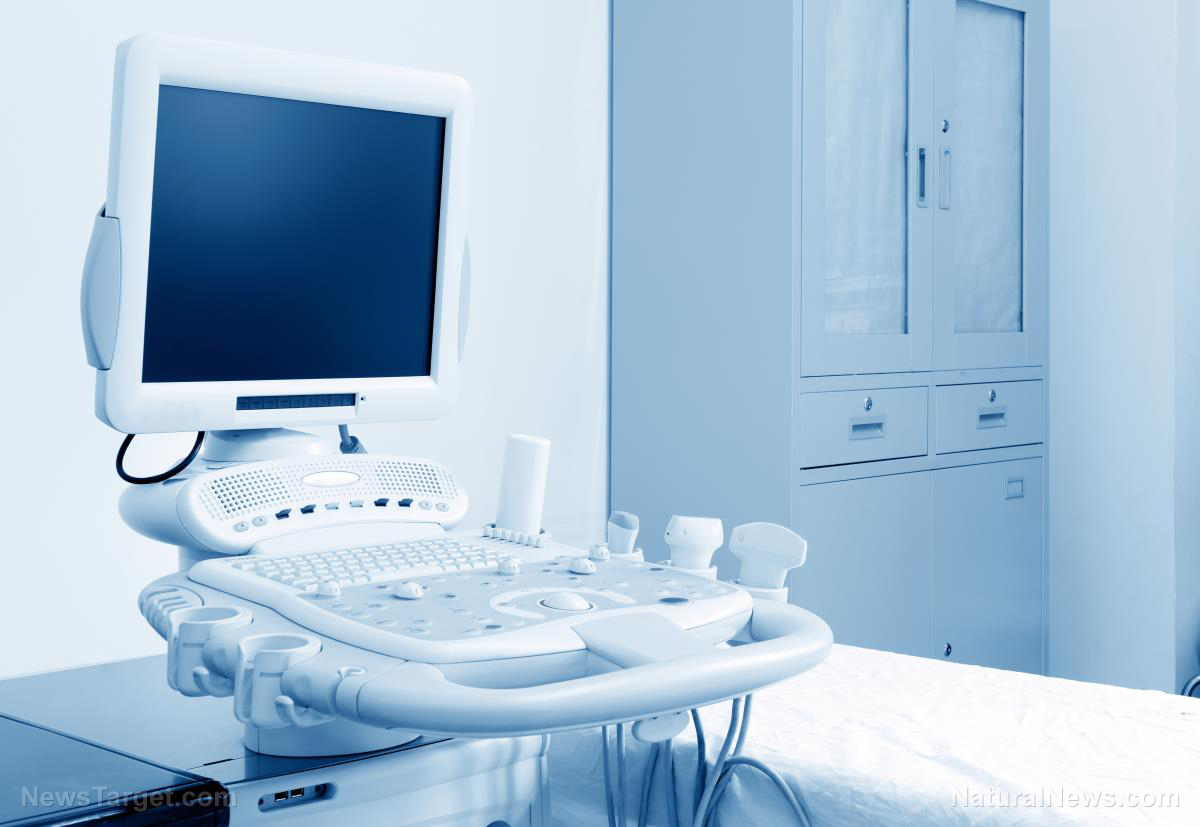Using sound as a weapon: Focused ultrasound waves can harm people
03/24/2018 / By Jessica Dolores

When people hear the word “ultrasound,” the first thing that comes to their mind is a scene of a woman lying on a hospital bed, with the medical technician’s hand guiding a device with a cool gel applied her your body.
While that’s one of the leading applications of ultrasound – high-frequency sound waves that are inaudible to humans – it has uses that extend beyond detecting whether your baby is a boy or a girl. In medicine, it’s also used to identify any abnormalities in the body that could cause disease.
Offices and homes use ultrasound as a safety device to sense movement. If it detects movement in an area, the light turns on and stays that way until the person in the area leaves, or when it doesn’t find movement in the area. The sensors work at frequencies that reach up to 32 kilohertz, which is higher than the audible range of humans, which is pegged at 20 hertz to 20 kilohertz.
It can also be used to deliver targeted sound, as when a museum plays a recording for guests in one area so those nearby can’t hear it. Ultrasound also keeps pests like rodents and insects away by emitting a sound that sends them scurrying elsewhere.
The problem begins when we abuse it
Like most things related to science, ultrasound is complicated. It’s widely used in a lot of industries, but it also brings in a lot of challenges to the table. One such problem comes in the form of interference. Assistive listening devices (ALDs) are prone to this type of interference: The ultrasonic signals, which are not commonly audible, are converted into audible sound when picked up by ALDs. At best, the noise is described as “annoying,” but the nature of its effects have not yet been fully explored.
However, it can also be sinister depending on who’s using it. Multiple studies have confirmed that ultrasonic, once it falls into the wrong hands, is a lot of trouble: It can affect micro-electrical mechanical sensing chips, such as those in accelerometers in car airbag systems, as well as hack into smartphones with nothing more than a secret command that cannot be heard.
In an article in LiveScience, authors have written that ultrasound can cause a lot of problems in modern technology, which can be anywhere from a drone crashing in the middle of its flight to even fooling a smartphone’s location system.
Yet another example of the ill effects of ultrasound was documented in Cuba. In 2017, diplomats and tourists from the U.S. and Canada complained of nausea, speech problems, and hearing loss after staying in the capital city of Havana.
Some suspected Cuba unleashed a mysterious sonic weapon. Others traced the problem to “mass hysteria.”
A study by electrical engineering and computer science professors Wenyuan Xu and Kevin Fu – which was first published in The Conversation – suggested a case of sloppy engineering. Their research showed that the problem was caused by equipment trying to listen to the diplomats’ and the tourists’ conversations.
The researchers used ultrasonic tones to create sounds similar to those recorded in the Cuba summit. They also devised a gadget that allowed them to record audible conversations and transmit these to a nearby team through an inaudible ultrasonic link. It was when they placed a second inaudible ultrasonic device that the interference between the signal was created – which was similar to those in Cuba.
While the Cuba scenario is an extreme case of ultrasound technology gone wrong, the dangers of ultrasound are still real. Some side effects that were reported after exposure to airborne ultrasound included altered blood sugar levels, fatigue, nausea, tinnitus (ringing in the ears), and irritability.
That popular scene we think of when we hear of the word ultrasound? Studies have shown that diagnostic ultrasound contributes to lower birth weights and an increased risk of fetal abnormalities.
Sources include:
Tagged Under: disruption, future tech, surveillance, ultrasound, weapons, weird science




















